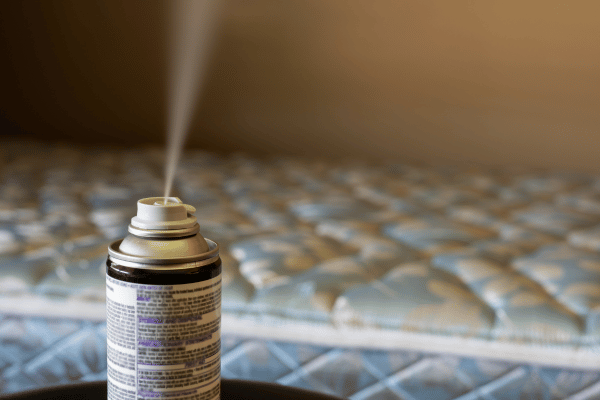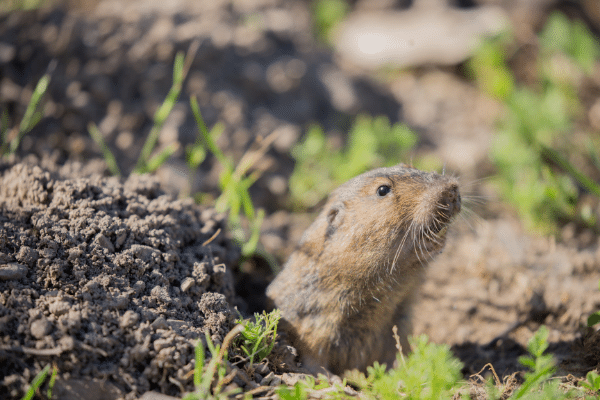- Home
- Muskrat Trapping
Muskrat Trapping
This post may contain affiliate links so I earn a commission.
Muskrat trapping is probably the best way to introduce a newcomer to trapping.
Why start out with trapping a muskrat compared to other furbearers?
Muskrats are one of the easiest furbearers to trap and their pelt is easy to handle.
They're easy to trap because muskrats in general are less trap-shy than other furbearers.
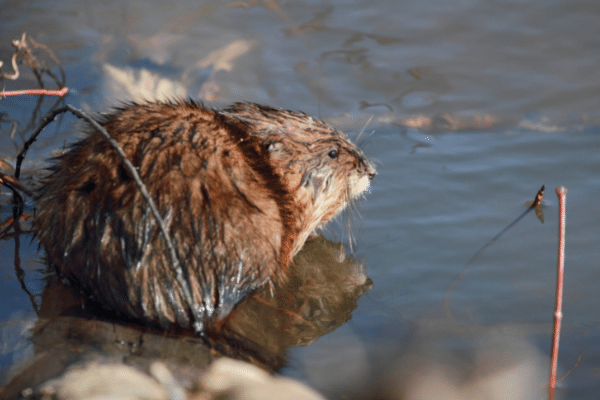
A few well placed muskrat sets by a beginner is usually enough to get anyone hooked on the sport.
Muskrat sign is easy to spot and identify.
Large houses or huts in a marsh made from nearby mud and cattails, floating vegetation leftover from feeding, or a bank burrow in a small stream are all easy to spot with a little practice.
Plus, you don't need a lot of equipment or large traps to catch them.
Smaller traps are used to trap a muskrat which reduces the chances of a beginner injuring themselves.
Basic Muskrat Traps
You don't need a lot of specialized gear to trap a muskrat.
Some #1 long springs or #1.5 coil springs and some #110 conibears are really all you need.
Add a few more pieces of equipment like waders, neoprene gloves, some bait, a hatchet or spud (if there's ice) and a bucket and/or sled and you're ready to go!
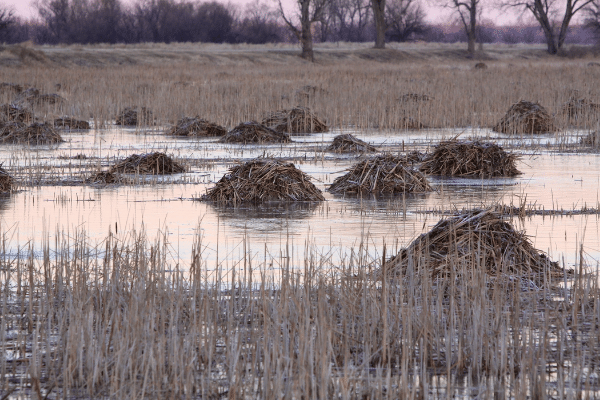
Sure, there's always more stuff you can add as you get more involved in the sport, but for someone who doesn't have a lot of equipment, muskrats are a great way to start out without spending a lot of money.
Plus, there's always a good possibility of catching a mink or raccoon in one of your muskrats sets!
Before you rush out and start trapping muskrats, read these muskrat facts to learn more about the animal, how they live and the type of habitat they prefer.
To learn more about specific traps used to catch a muskrat, read this article about muskrat traps.
Muskrat Trapping - Basic Muskrat Sets
Although there are MANY different sets that will catch a muskrat, these are some of the most popular and effective ones to use.
To learn more, click on the link to see detailed instructions including pictures to help you make the set.
Spring Run Muskrat Set - The area where a small stream enters a larger body of water is a great place to set a foothold trap.
Muskrat Runway Set - As muskrats travel back and forth in shallow water they leave behind a distinctive runway in the mud. Learn how to identify a runway and set a productive trap.
Muskrat Slide Set - When a muskrat climbs out of the water to feed, they make a distinctive trail or "slide." Learn how to trap a muskrat at these locations by using a foothold trap.
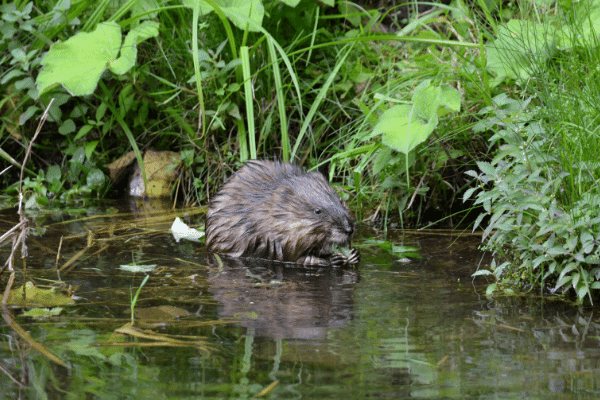
Muskrat Den Set - Setting a trap on a muskrat den is very productive. Read this article to learn how to identify a muskrat den or lodge and how to properly make a den set.
Float Trapping Muskrats - Muskrats love to climb on floating objects to eat. Take advantage of this by making your own float set. You can use these muskrat float plans to build your own muskrat float.
Muskrat Board Set - My preferred set to use after enough ice has formed and you can safely walk across the lake or pond. Learn how to build a board set and how to use one.
Muskrat Colony Trap - A box made from steel mesh with one way doors on each end. The muskrats are able to enter the trap, but they're unable to exit. Colony traps are great because they're easy to set and you can catch multiple muskrats at one time. Make your own trap here by following our colony trap plans.
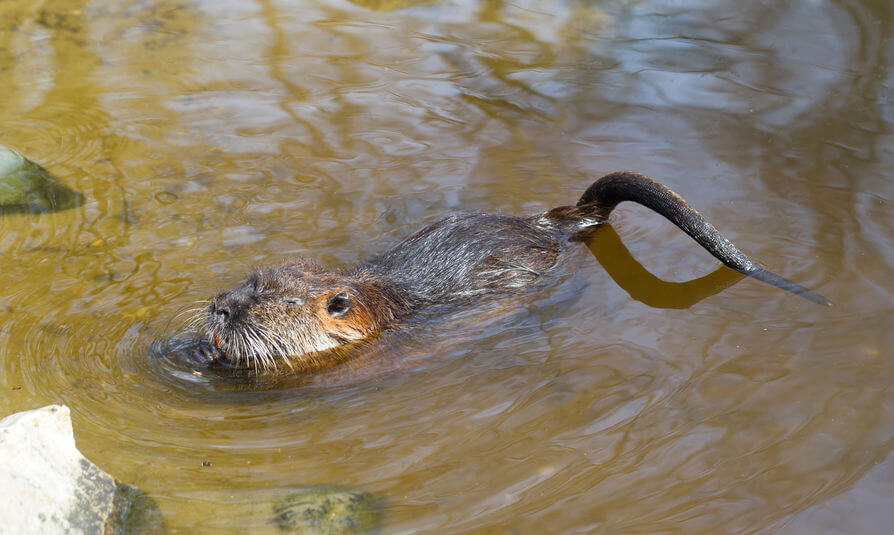
Many people don't even think about muskrat trapping until it gets cold and the lakes and ponds are frozen.
Although it's a lot more work to chop holes in the ice, the frozen water makes it a lot easier to navigate a swamp full of cattails.
Read our article on trapping under the ice to learn how to trap when the water starts to freeze.
Muskrat Trapping - Overall
Muskrat trapping is a lot of fun and it's a great way to learn the basics of trapping.
Whether you're new to trapping or a seasoned professional, a muskrat in your trap is always exciting!

